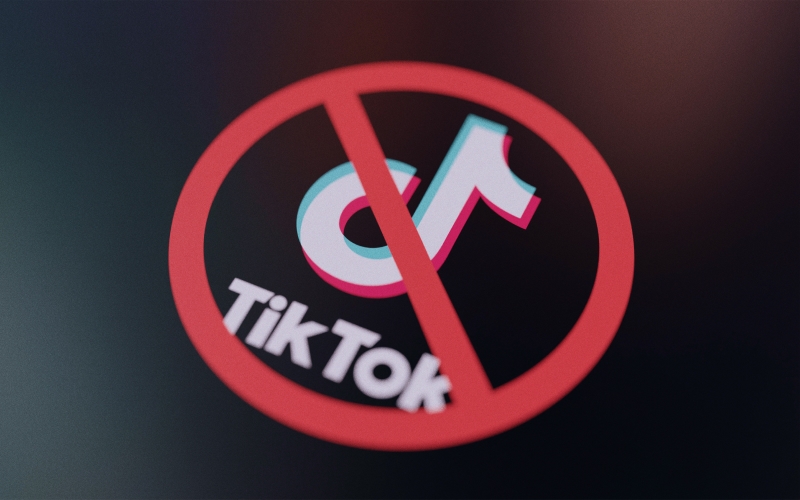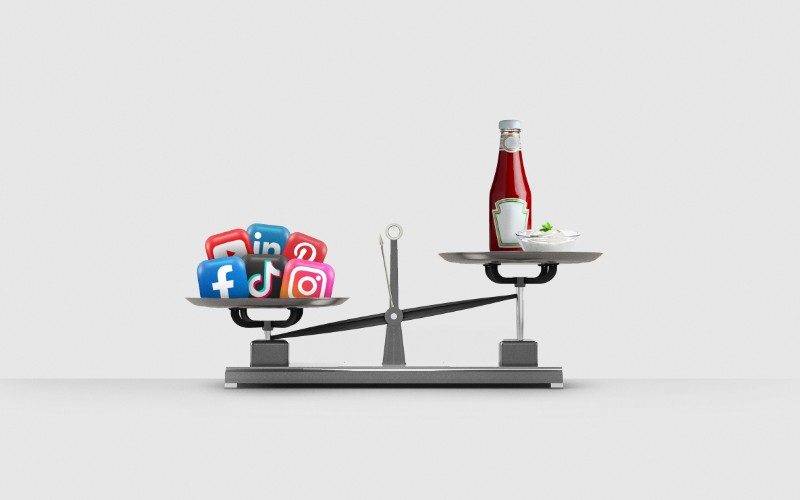Social Media
Over the past couple of years, Twitter’s chance of long-term survival has been a hot button for many social media managers and marketers. From flat-lined user base growth to c-suite revolving doors, the platform’s reputation as a social media starlet has faded fast. So, what’s next? Is Twitter doomed, or will it remain a viable communication channel for the right audience and message?
Twitter faces indisputable obstacles.
In 2016, Twitter co-founder Jack Dorsey resumed responsibilities as CEO, which renewed people’s excitement about the platform’s ability to be a leader in the social space. After being ousted in 2008, Dorsey had another chance to revive a company facing stalled user growth, a persistent harassment problem and a lackluster stock price. Yet today, Twitter faces the same problems Dorsey inherited when he returned. High turnover elsewhere in the C-suite isn’t helping, either.
It’s no secret Twitter is gaining fewer new users than other social platforms. In fact, its user growth is one of the worst among major social media channels. Some of this can be attributed to its user experience. To Twitter’s credit, it released many product updates in 2017, from a new emphasis on live video to de facto longer character limits. But these tweaks have had virtually no effect on Twitter’s bigger problem: its inability to create widespread appeal among the general public. Compared to most social platforms, Twitter’s interface is one of the hardest to master. Picking up on the platform features and cultural caveats takes a big upfront investment; after all, how can people join a Twitter chat if they don’t understand the point of a hashtag?
But it isn’t going anywhere.
Users who adopted Twitter early on are already keen to it and have an easier time adapting to new features. Twitter may not have a growing user base, but it does have a loyal user base. It’s unlikely those users are going anywhere anytime soon; for all its faults, the 328 million monthly active users on Twitter today love the platform for what it is. They’ve created dynamic groups and conversations centered on culture, events, news, politics and sports.
In spite of its struggles, Twitter has built something not all platforms can claim: cultural currency. Twitter’s influence lies in the hands of its users, because the site has a firm place with a core base of users who keep the platform vibrant.
Twitter’s speed makes it appealing to many users. Within seconds, users can create a post and send it out to their followers without having to worry about filters or overlaid text. This makes it easy to jump into new conversations, read new material and, for marketers, harness more followers. Unlike Instagram or Facebook, Twitter’s simple posting format lends itself to less polished, yet more impulsive and emotional content. The nature of Twitter means users don’t wait to find the best lighting and showcase the picture-perfect version of a situation.
But users alone aren’t keeping Twitter alive. Instead, that’s the work of advertising revenue. Though Twitter’s advertising options aren’t as robust as those on Google or Facebook, it’s found a niche audience more than willing to pay a premium for ad space that is well received by its intended audience, Twitter communities.
Twitter is prone to political banter. But, a town in Spain uses Twitter in a much more productive way. Twitter is engrained in the town of Jun and serves as the town’s central line of civic communication. Many of Jun's 3,500 residents use Twitter as a main way to communicate with local government officials and others. Need to see the local doctor? Send a quick Twitter message to book an appointment. See something suspicious? Let Jun’s policeman know with a tweet. By incorporating Twitter into every aspect of daily life, this Spanish town has become a test bed for how cities may eventually use social networks to offer public services. For Jun, Twitter has become much more than a social platform, and in this quaint town at least, it isn’t going anywhere anytime soon.
Is Twitter dead? Not in the slightest, but it is staring down giant hurdles that it must overcome before it can evolve. Twitter may not be for everyone, but it’s built up a strong and engaged community of users and holds cultural currency that many platforms can’t shake a stick at.
You might also be interested in:


